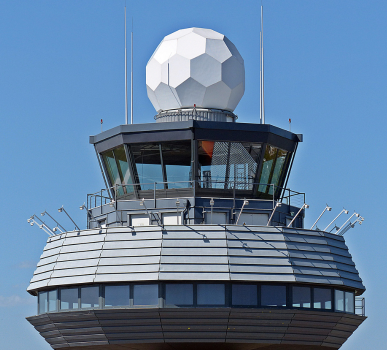The Unsung Heroes of the Sky: Why Air Traffic Control Is the Backbone of Aviation
In the world of aviation, pilots often steal the spotlight — but behind every safe takeoff, smooth landing, and efficient flight path, there’s an invisible force working tirelessly 24/7: Air Traffic Control (ATC).
With the global aviation sector recovering post-pandemic and expected to reach 4.7 billion passengers by 2025, airspace is getting more crowded, and the role of ATC has never been more critical — or more complex.
🎯 What Is Air Traffic Control?
Air Traffic Control is the coordination system that manages the safe and orderly flow of aircraft in the skies and on the ground. It ensures:
- Safe separation between aircraft in airspace
- Efficient takeoff and landing sequences
- Crisis management during emergencies
- Guidance through bad weather or restricted zones
Every commercial flight is under continuous surveillance and instruction, from gate pushback to arrival.
🧠 Beyond Radar: A Complex, High-Stakes Operation
Modern ATC isn’t just people looking at radar screens. It’s a fusion of human precision and real-time technology. Controllers must:
- Monitor dozens of flights simultaneously
- Make rapid, high-pressure decisions
- Communicate clearly and calmly
- Adapt instantly to changing weather, traffic, or emergencies
One wrong command can ripple across multiple flights — which is why ATC is considered one of the most mentally demanding professions in the world.
🔁 How ATC Is Evolving in 2025
The aviation industry is undergoing a digital transformation, and ATC is at the forefront:
✅ AI & Predictive Analytics
Machine learning is being used to forecast traffic patterns and optimize runway usage.
✅ Remote Towers
Airports in remote or low-traffic areas now operate with virtual towers, using HD cameras and sensors to control aircraft from centralized hubs.
✅ Satellite-Based Navigation (GNSS)
Replacing traditional radar, satellite navigation offers greater accuracy, fuel savings, and reduced delays.
✅ Green Skies Initiatives
ATC plays a vital role in reducing aviation’s carbon footprint by designing efficient flight paths and minimizing holding patterns.
👨✈️ Behind Every Flight, a Human Voice
Despite automation, ATC remains deeply human-centric. Controllers are trained for years to handle split-second decisions with zero margin for error. Their voices guide millions through turbulent skies — calmly, precisely, and invisibly.
✍️ Final Thought
As aviation becomes faster, greener, and more digital, Air Traffic Control remains the pulse of the industry. Whether you’re in the cockpit, at the gate, or waiting for a connecting flight — remember, there’s a controller behind the scenes making sure everything runs smoothly.
Let’s take a moment to appreciate the unsung guardians of the sky.
#aviation #airtrafficcontrol #ATC #aviationsafety #aviationtechnology #smartaviation #airports #aerospace #linkedinaviation

